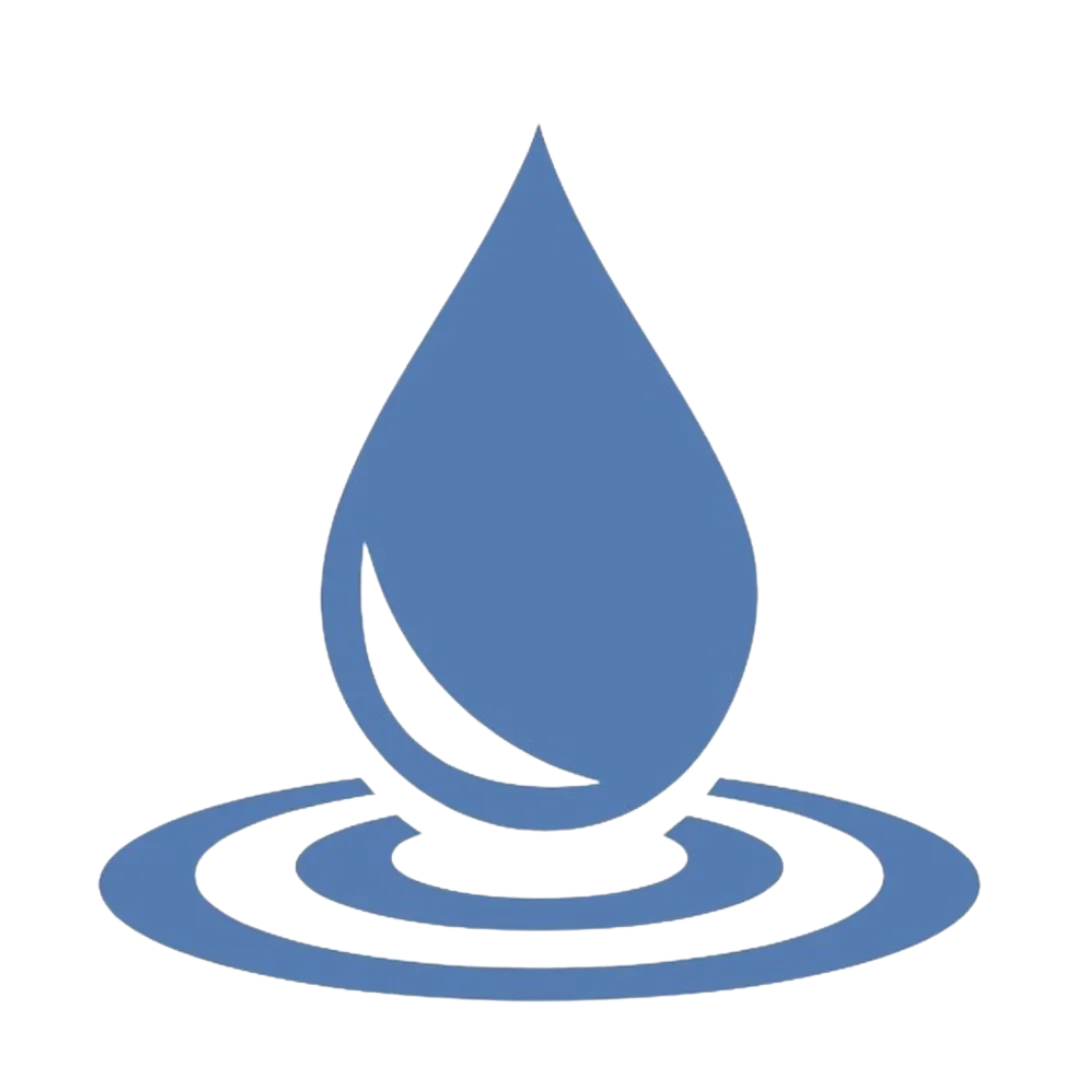.png)
The Science of Compression Therapy: Accelerating Fitness Recovery
"You don't grow muscle in the gym, you grow muscle outside of the gym"
Introduction:
Whether you're an avid athlete or a fitness enthusiast, you know that recovery is a crucial part of achieving peak performance. One of the latest trends gaining traction in the world of fitness recovery is compression therapy. This innovative technique involves the use of compression garments to improve blood circulation, reduce muscle soreness, and accelerate the recovery process after intense workouts. In this blog post, we will delve into the science behind compression therapy and explore how it can significantly benefit your fitness recovery journey.

THATS ME! And here is why you should be doing compression therapy WEEKLY for fitness recovery 👊
Understanding Compression Therapy
Compression therapy involves the use of specially designed garments, such as compression sleeves, socks, and tights, to apply controlled pressure to specific areas of the body. The pressure exerted by these garments helps improve blood circulation and lymphatic flow, which plays a critical role in reducing inflammation and facilitating the removal of metabolic waste products from muscles.
Benefits of Compression Therapy for Fitness Recovery
Enhanced Blood Circulation: During intense workouts, muscles undergo stress and microtrauma, leading to inflammation and reduced blood flow. Compression garments apply pressure that aids in the dilation of blood vessels, promoting better circulation and nutrient delivery to muscle tissues. This increased oxygen and nutrient supply accelerates the healing process.
Reduced Muscle Soreness: Delayed onset muscle soreness (DOMS) is a common issue after challenging workouts. Compression therapy helps reduce muscle vibration and oscillation during exercise, which can contribute to muscle soreness. By minimizing these vibrations, compression garments can alleviate post-workout soreness and discomfort.
Lactic Acid Removal: Intense exercise can lead to the accumulation of lactic acid in muscles, causing fatigue and discomfort. Compression therapy's enhancement of blood flow assists in the efficient removal of lactic acid, aiding in faster recovery and reducing muscle fatigue.
Swelling and Inflammation Reduction: Compression garments apply graduated pressure, meaning they are tighter at the extremities and gradually loosen as they move towards the core. This design promotes the movement of excess fluid and reduces swelling, helping to manage post-workout inflammation.
Support for Injured Muscles: If you've experienced minor injuries or strains, compression therapy can provide additional support to the affected area. The gentle pressure offered by compression garments can stabilize injured muscles, allowing them to heal effectively.
Incorporating Compression Therapy into Your Recovery Routine
To make the most of compression therapy for fitness recovery, consider the following tips:
Timing Matters: Put on compression garments within an hour of completing your workout. This is when your body's circulation is already elevated, and the benefits of compression are most effective.
Graduated Pressure: Choose garments that offer graduated compression to ensure proper blood flow and maximize the benefits.
Consistency: Incorporate compression therapy into your regular recovery routine rather than relying on it as a one-time solution. Consistent use can lead to cumulative benefits.
Consult a Professional: If you have pre-existing medical conditions or concerns, consult a healthcare professional before using compression therapy.
Conclusion
Compression therapy has gained popularity as a valuable tool in the fitness recovery arsenal. By enhancing blood circulation, reducing muscle soreness, aiding in lactic acid removal, and managing swelling and inflammation, compression garments can significantly expedite your recovery process. Remember that while compression therapy can be highly beneficial, it's important to combine it with other recovery techniques such as proper nutrition, hydration, and adequate rest to achieve optimal results on your fitness journey.
HAVE YOU HEARD OUR PODCAST?
ONE GOOD IDEA PODCAST






